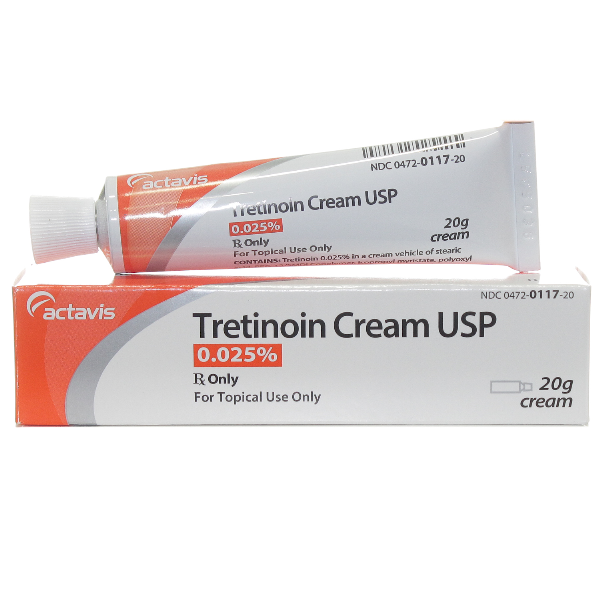Black locations and hyperpigmentation could be frustrating epidermis considerations that affect several individuals. Whether brought on by sun injury, hormonal improvements, or acne scars, these discolorations may make your skin look bumpy and dull. If you’re seeking a solution to banish dark locations and achieve a more glowing complexion, search no more than tretinoin. This outstanding ingredient, produced from vitamin A, has proven powerful in handling hyperpigmentation and repairing a more also epidermis tone. In this short article, we will discover the advantages of tretinoin and how it can help you obtain a better, more luminous complexion.
Tretinoin functions by speeding up the skin’s natural peeling process and selling the development of new, healthiest cells. As a result, it could disappear dark locations and hyperpigmentation by stimulating the shedding of pigmented epidermis cells and facilitating the production of fresh, evenly pigmented cells. This process helps you to even out skin tone and minimize the look of discoloration.
Among the primary reasons for black locations and hyperpigmentation is sunlight exposure. UV radiation triggers the production of melanin, the color in charge of our skin color. With time, extortionate sunlight publicity may result in the synthesis of black spots and irregular pigmentation. Tretinoin will help handle these concerns by marketing a far more healthy distribution of melanin. It prevents the generation of surplus melanin and encourages the removal of present pigmented cells, exposing a clearer and more uniform complexion.
Still another common cause of hyperpigmentation is post-inflammatory hyperpigmentation (PIH) caused by acne outbreaks or skin trauma. When the epidermis experiences irritation, such as during an acne flare-up, it produces surplus melanin as a response. This may lead to black areas that linger long after the spot has healed. Tretinoin will help disappear these places by promoting faster cell turnover and reducing the manufacturing of melanin, effortlessly decreasing the looks of PIH.
When incorporating tretinoin in to your skincare schedule to handle dark areas and hyperpigmentation, it’s essential to begin slowly and let the skin to acclimate to the medication. Begin with a low concentration of tretinoin and slowly increase it as the skin tolerates it. Applying a pea-sized quantity of tretinoin to wash, dry epidermis is usually sufficient. Lightly rub the merchandise into your skin layer, preventing the fine attention area.
It’s crucial to notice that tretinoin may cause some original dryness, inflammation, and peeling. These unwanted effects are normal and short-term as your skin layer adjusts to the medication. To reduce these results, it’s essential to keep a consistent skincare routine. Use a soft cleansing to cleanse your face and followup with a moisturizer ideal for your skin layer type. Search for creams that are non-comedogenic and contain components like hyaluronic acid or ceramides to moisturize and feed your skin.
Sun safety is crucial when utilizing tretinoin to treat hyperpigmentation. The medication can raise your skin’s tenderness to the sun, rendering it more susceptible to sunburn and further pigmentation issues. Therefore, it’s vital to apply a broad-spectrum sunscreen with at the very least SPF 30 each and every day, regardless of weather conditions. That shields your skin layer from hazardous UV rays and aids in preventing the darkening of existing locations and the formation of new ones.
To conclude, retinae acne is just a effective friend in the struggle against black spots and hyperpigmentation. Their power to increase cell turnover and manage melanin production can help fade discoloration, also out skin tone, and regain a more luminous complexion. By integrating tretinoin into your skincare schedule and maintaining sunlight security

